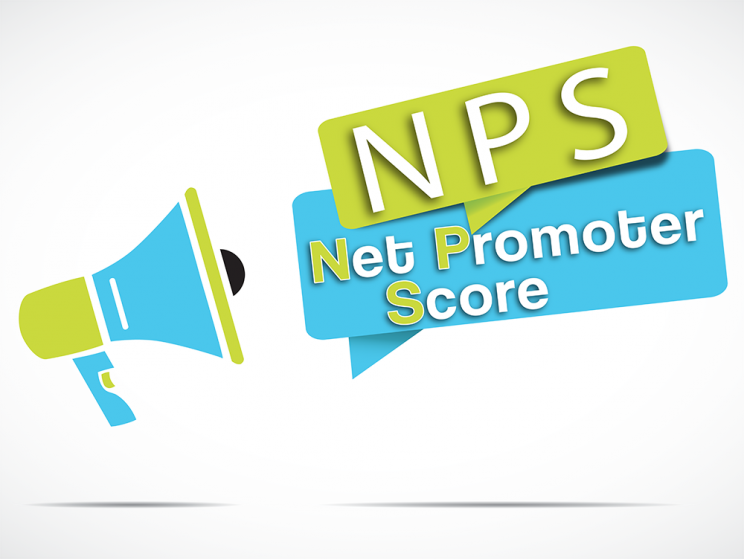
Image: Shutterstock and Vestadil AB.
There are currently three questions that all corporate boards and managements have to ask themselves:
- In what business are we?
- Who are our new competitors?
- How can we attract and retain talented people?
In my previous blog post I addressed the question: “In What business are we?“. The answer is vital input when positioning the company and its businesses. I highlighted the necessity, in the strategic business development, to make a thoroughgoing analysis of the business (industry) in which the company operates.
When making the business analysis, we need to drill down and deeply understand the “problems” that the company’s products aim to solve for the customer, i.e., the core benefits.
The chosen market position will, in turn, determine which products to be developed and what competition the company will meet. In this blog, I deal with the second question, namely the challenge to grasp who are the company’s competitors – particularly new, unexpected competitors. In an upcoming post, I will address the third question to give my view of the challenge of attracting talents to our businesses.
Read More »New competitors — one of three key questions








